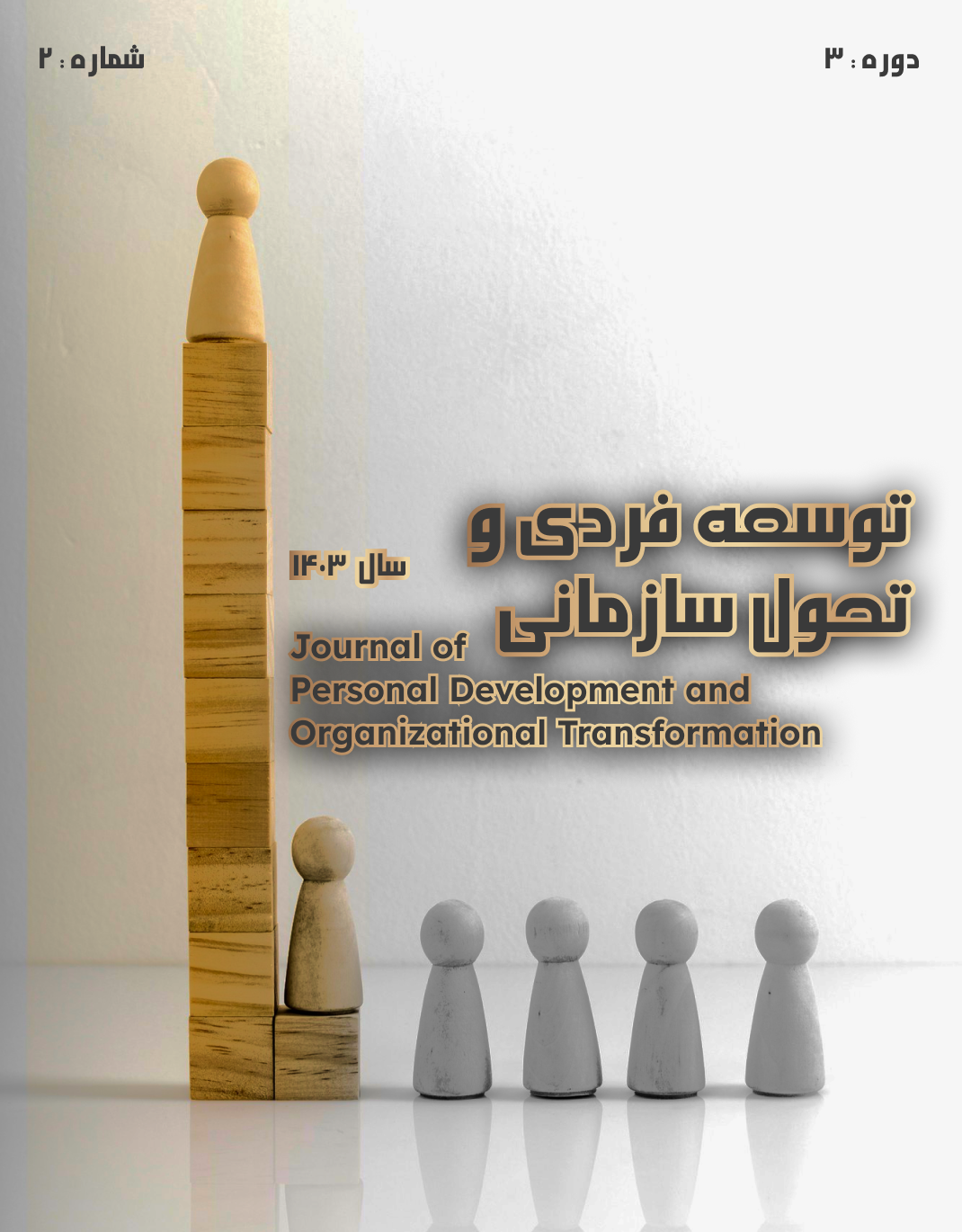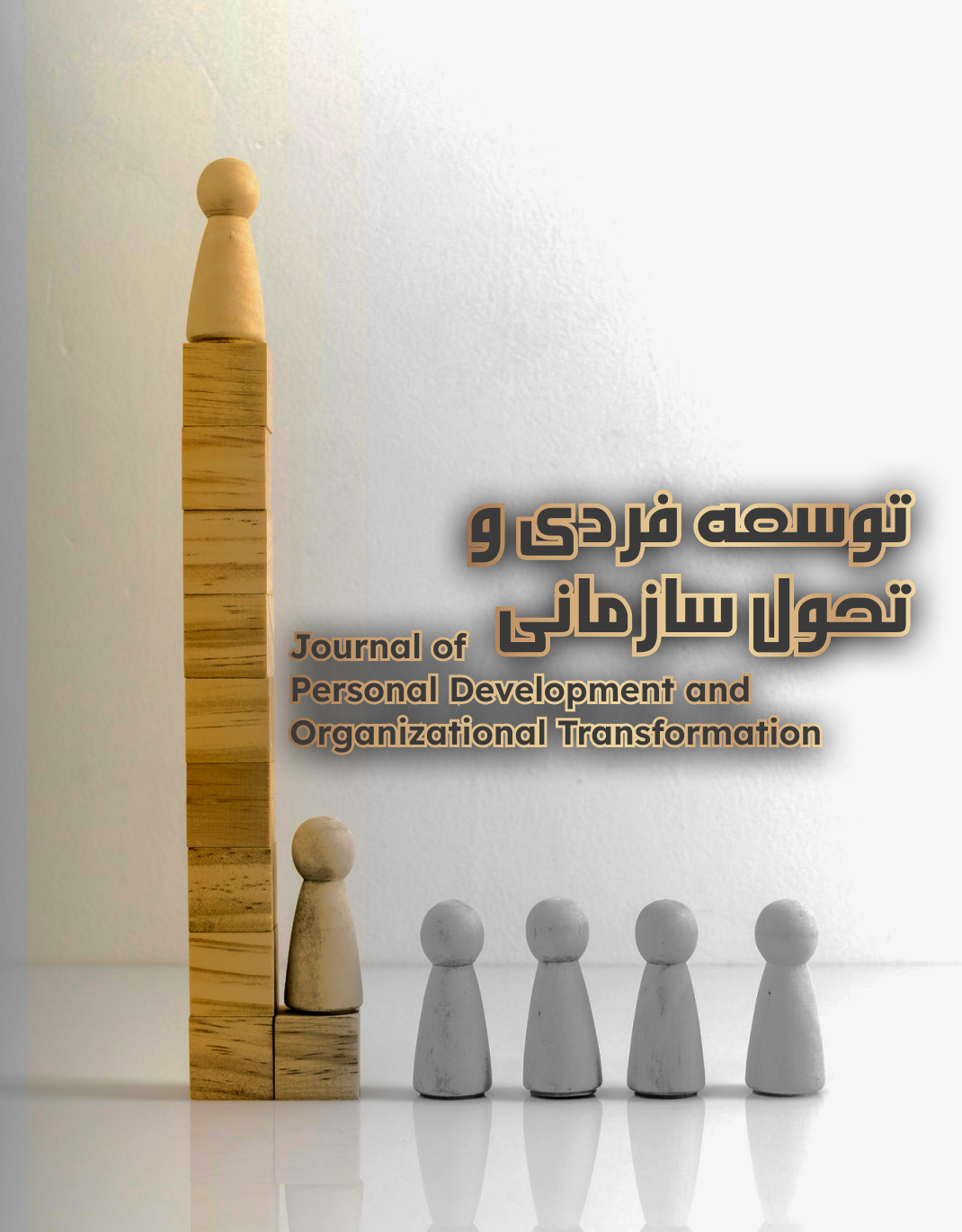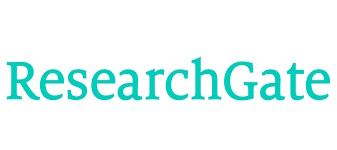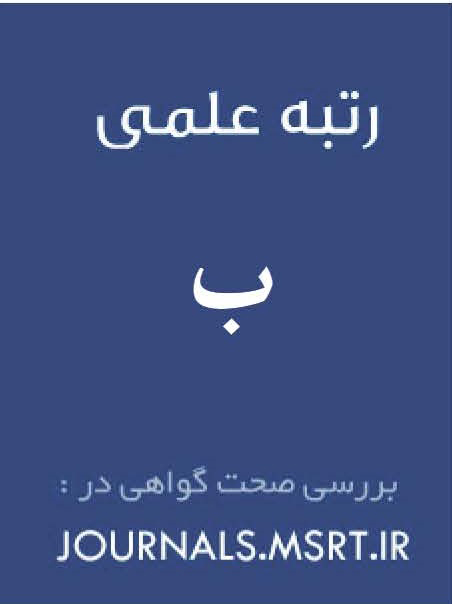تحلیل نقش قابلیتهای منابع انسانی در ارزشآفرینی سازمانی: رویکرد ترکیبی در صنعت گاز ایران
کلمات کلیدی:
قابلیتهای منابع انسانی, ارزشآفرینی سازمانی, مدلسازی ساختاری-تفسیری, توسعه منابع انسانی, صنعت گاز ایرانچکیده
در دنیای امروز، منابع انسانی بهعنوان ارزشمندترین دارایی سازمانی شناخته میشوند و نقشی اساسی در ارزشآفرینی و اثربخشی سازمانها دارند. صنعت گاز ایران، بهعنوان یکی از ارکان حیاتی اقتصاد کشور، نیازمند بهرهگیری از قابلیتهای انسانی جهت توسعه پایدار و بهبود عملکرد سازمانی است. این تحقیق با هدف تحلیل نقش قابلیتهای منابع انسانی در ارزشآفرینی سازمانی، رویکردی ترکیبی را اتخاذ کرده است. در بخش کیفی، از روش فراترکیب و تحلیل محتوای کیفی برای شناسایی مؤلفههای کلیدی استفاده شد. در بخش کمی، روش دلفی و مدلسازی ساختاری-تفسیری به کار گرفته شدند تا سطحبندی و اولویتبندی قابلیتهای انسانی در سازمان مورد بررسی قرار گیرد. یافتهها نشان میدهند که قابلیتهای منابع انسانی شامل مهارتهای تخصصی، تواناییهای ارتباطی، مهارتهای مدیریتی، قابلیتهای شناختی و تحلیلی، و توسعه فردی تأثیر بسزایی در ارزشآفرینی سازمانی دارند. همچنین، مدل ارائهشده نشان میدهد که این قابلیتها در سطوح مختلف سازمانی طبقهبندی شده و بهبود آنها موجب افزایش بهرهوری و رقابتپذیری در صنعت گاز میشود. بهطور کلی نتایج تحقیق حاکی از آن است که سازمانها باید استراتژیهایی برای توسعه قابلیتهای انسانی تدوین کنند تا از طریق توانمندسازی منابع انسانی، پایداری و رشد مستمر را تضمین نمایند. این پژوهش ضمن ارائه چارچوبی جهت ارزشگذاری منابع انسانی، راهکارهایی برای ارتقای قابلیتهای سازمانی پیشنهاد میدهد.
دانلودها
مراجع
Arellano, C., DiLeonardo, A., & Felix, I. (2017). Using people analytics to drive business performance: A case study. McKinsey Quarterly, 3, 114-119. https://www.mckinsey.com/
Asadi, A., & Asadi, A. (2023). Designing a human resource development model with a dynamic capabilities approach within the framework of general energy policies. Strategic and Macro Policies, 11(44), 763-788. https://www.jmsp.ir/article_172207.html?lang=fa
Avaze, A., Iranzadeh, S., & Mohammadvardin, V. (2019, 2018). Alignment of human resource capabilities and marketing strategy with the mediating role of customer experience (Case study: branches of Bank Keshavarzi in East Azerbaijan province). 2nd International Conference on Management and Business, Tabriz, Iran. https://nmrj.ui.ac.ir/article_26084.html
Bassi, L., & McMurrer, D. (2016). Four lessons learned in how to use human resource analytics to improve the effectiveness of leadership development. Journal of Leadership Studies, 10(2), 39-43. https://doi.org/10.1002/jls.21471
Becker, B. E., Huselid, M. A., & Ulrich, D. (2001). The HR scorecard: Linking people, strategy, and performance. Harvard Business School Press. https://www.unicef.fr/sites/default
Dehmardeh Ghalehno, M., Bahmandast, B., Zarei, H., & Soleimani, M. (2020). Human resource accounting: Background, concepts, criteria, and measurement models. Accounting and Auditing Research, 10(2), 21-45. https://jaacsi.alzahra.ac.ir/article_4819_064b16fd598ad00e8cc988d9c7f04547.pdf
Fathollahi, Taleghani, Reza, G., Amiri, Nairi, & Shahrzad, N. (2022). Presenting a model for developing human capabilities of local organization managers (Case study: Tehran Municipality). Human Resource Management Research, 14(3), 133-166. https://hrmj.ihu.ac.ir/:%20https:/hrmj.ihu.ac.ir/article_207419.html
Flamholtz, E., Bullen, M. L., & Hua, W. (2002). Human resource accounting: A historical perspective and future implications. Management Decision, 40(10), 947-954. https://doi.org/10.1108/00251740210452818
Habibi, A., Firouzi Jahantigh, F., & Sarafrazi, A. (2015). Fuzzy Delphi Technique for Forecasting and Screening Items. Asian Journal of Research in Business Economics and Management, 5(2), 130-143. https://doi.org/10.5958/2249-7307.2015.00036.5
Hamilton, R. H., & Sodeman, W. A. (2020). The questions we ask: Opportunities and challenges for using big data analytics to strategically manage human capital resources. Business Horizons, 63(1), 85-95. https://doi.org/10.1016/j.bushor.2019.10.001
Hassani Azar Daryani, A., Mashayekh, S., & Hejazi, R. (2019). Designing a human resource valuation model and its reporting in the National Iranian Oil Company and its subsidiaries. Accounting and Auditing Review, 26(2), 279-300. https://acctgrev.ut.ac.ir/article_72158_9394.html
Lev, B., & Schwartz, A. (1971). On the Use of the Economic Concept of Human Capital. The Accounting Review. https://www.jstor.org/stable/243891
Low, M. P. (2025). Leveraging Employee Value Creation in Building Organizational Resilience: A Serial Mediation Approach. Employee Responsibilities and Rights Journal, 1-20. https://doi.org/10.1007/s10672-024-09518-0
Munksgaard, K. B., Abrahamsen, M. H., & Frandsen, K. (2024). The influence of network understanding on value creation in business relationships. European Journal of Marketing, 58(4), 928-951. https://doi.org/10.1108/EJM-04-2021-0268
Rahimi, S., Talebnia, G., Hejazi, R., Ranjbar, M., Fathollahi, M., Taleghani, G., Amiri, M., & Shahrzad, N. (2022). Designing an efficient human resource valuation model using qualitative methods (Case study: Islamic Azad University units in Hormozgan province) Presenting a model for developing the human capabilities of managers of local organizations (Case study: Tehran Municipality). Journal of Investment Knowledge, 11(3), 523-541. http://www.jik-ifea.ir/article_19361.html
Rumokoy, F. S., & Frank, B. (2025). Retail value creation through augmented reality: The role of task-technology fit, consumer knowledge, and personality. Journal of Retailing and Consumer Services, 84, 104173. https://doi.org/10.1016/j.jretconser.2024.104173
Simón, C., Revilla, E., & Jesús Sáenz, M. (2024). Integrating AI in organizations for value creation through Human-AI te aming: A dynamic-capabilities approach. Journal of Business Research, 182, 114783. https://doi.org/10.1016/j.jbusres.2024.114783
Testorelli, R., Tiso, A., & Verbano, C. (2024). Value Creation with Project Risk Management: A Holistic Framework. Sustainability, 16(2), 753. https://doi.org/10.3390/su16020753
Xu, W., & Chen, T. (2024). Mutual fund value creation: Insights from the residual income model. Finance Research Letters, 62, Part B. https://doi.org/10.1016/j.frl.2024.105254
دانلود
چاپ شده
ارسال
بازنگری
پذیرش
شماره
نوع مقاله
مجوز
حق نشر 2025 تهمینه سلطانی (نویسنده); فؤاد مکوندی; محمد همتی, وحید چناری, قنبر امیر نژاد (نویسنده)

این پروژه تحت مجوز بین المللی Creative Commons Attribution-NonCommercial 4.0 می باشد.







